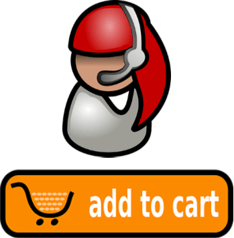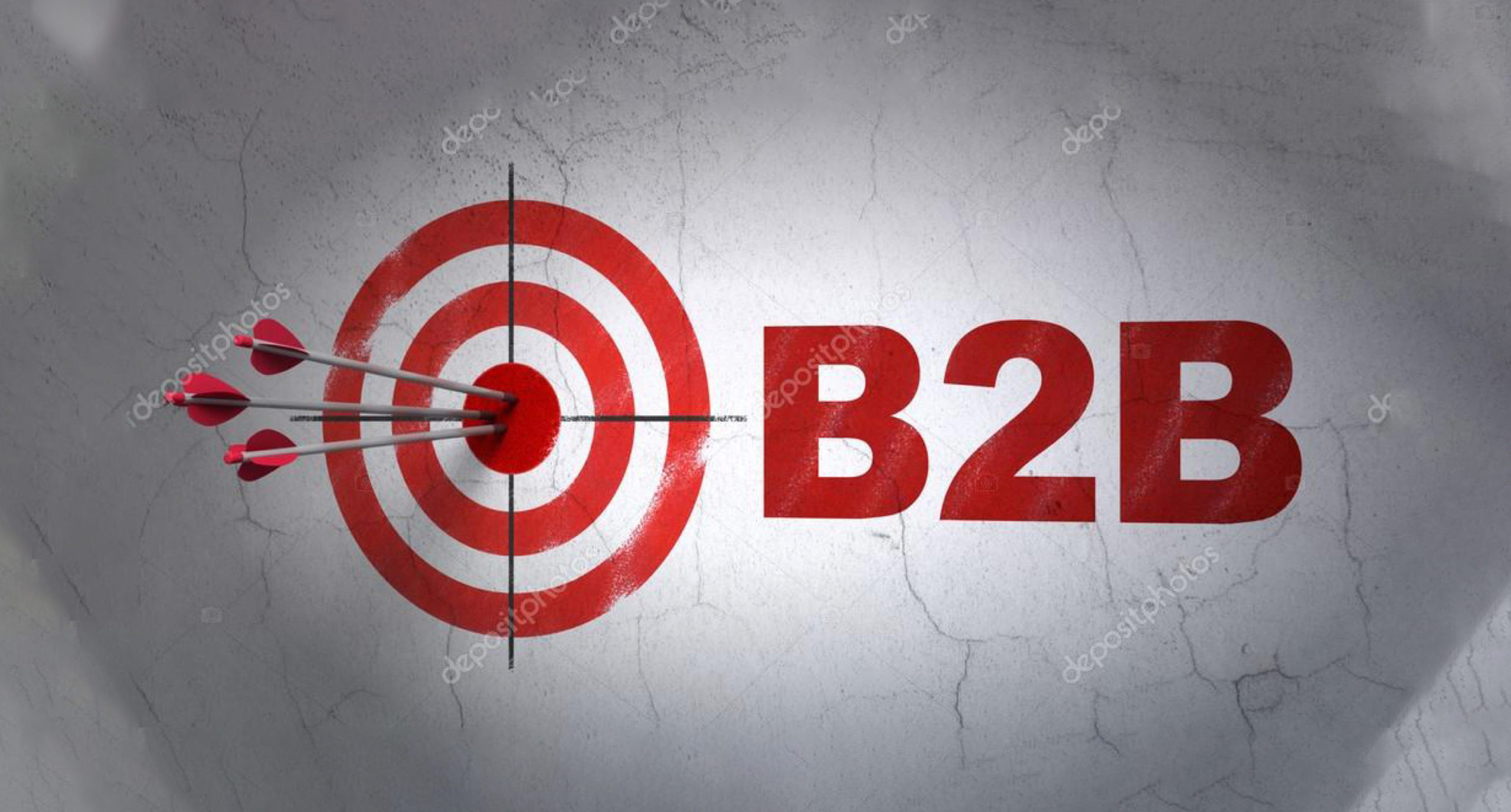When a B2B purchaser goes home at night, he probably lies down on his couch (he may or may not have a beer), he quickly browses Facebook and then searches online for some things he may want to buy. He searches for a product, reads the reviews, and then makes a secure payment with a click. He starts to wonder why he can’t do that at work. Buyers are constantly looking to ease the process, and a major part of their decision of where to buy from is based on the ease of the purchasing process.
Andy Hoar of Forrester said, “Customers are moving at the speed of light, while businesses are moving at the speed of sound.” The goal of ecommerce is to close that gap.
While shopping in real life is very different than shopping online, the steps of online shopping mimic the real life experience. You go to the store (or the website), you add something to your basket, you bring it to the checkout, you pay for it and then it’s yours.
B2B ecommerce should mimic the offline buyer’s journey. Offline B2B sales is a back and forth process, buyers like to research, ask questions and negotiate. The goal of B2B ecommerce is to streamline that process online and in an easy to use intuitive way.
What does that mean for the future of B2B companies? Offering ecommerce will become the standard; OROcommerce predicts that 87% percent of B2B commerce will not be online in 2021. Companies not offering ecommerce will likely take a major hit. Buyers are now expecting an ecommerce option.
So with the world of B2B shifting to online, what will B2B buying look like?
Andy Hoar sees it as a Self-serve and full serve hybrid – Customers want to do research online and then buy, or maybe ask a few more questions on a phone call.
Typically, the two ways buyers research and learn about a product and service are calling a representative and online self-education. A good B2B system offers both options in which the sales team and online option complement each other.
Personalisation is the key in B2B ecommerce, that means offering personalized catalogs per customer groups. The checkout process should be different depending on the user too, buyers should be able to complete the transaction entirely online or have the option of having a Rep guided check out. Product orders should be personalized as well. You may sell to one customer by crate, and to another by the box. Ideally, buyers should be able to research, request a quote and negotiate entirely online. Re-ordering a saved basket should be a quick and easy process.
Corporate accounts are a great way to manage multiple business users, master and sub accounts can control ordering and enforce a spending and credit limit. Corporate accounts also allow for an approval system, meaning upon ordering an email is sent to the final decision maker with a link to the order which he can approve or decline.
With these features and systems, businesses that were “too specific” or custom for ecommerce in the past will now be able to offer their tailored customer experience through ecommerce, at times B2B ecommerce workflows can be more custom made than a traditional sales team.


Leave a Reply
You must be logged in to post a comment.